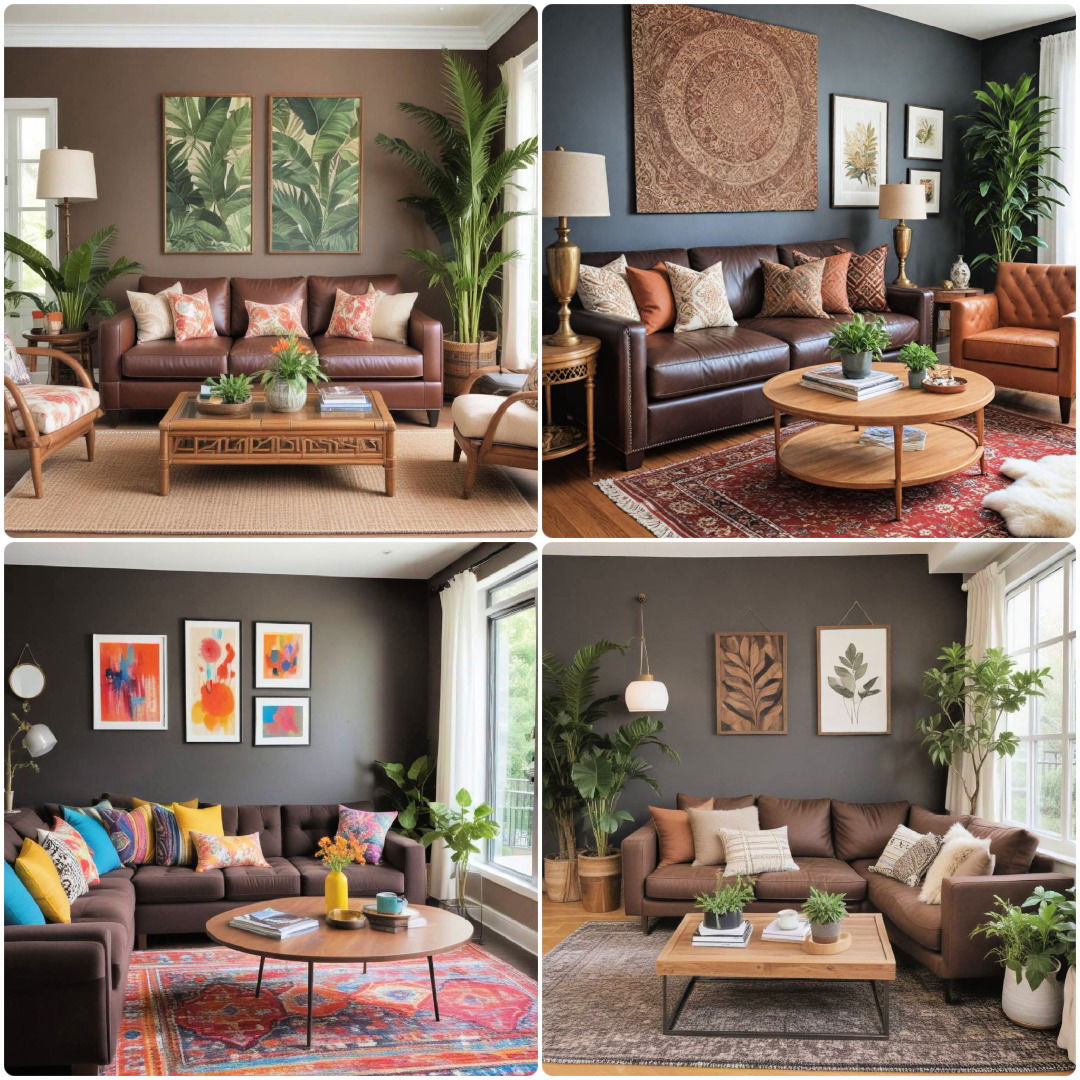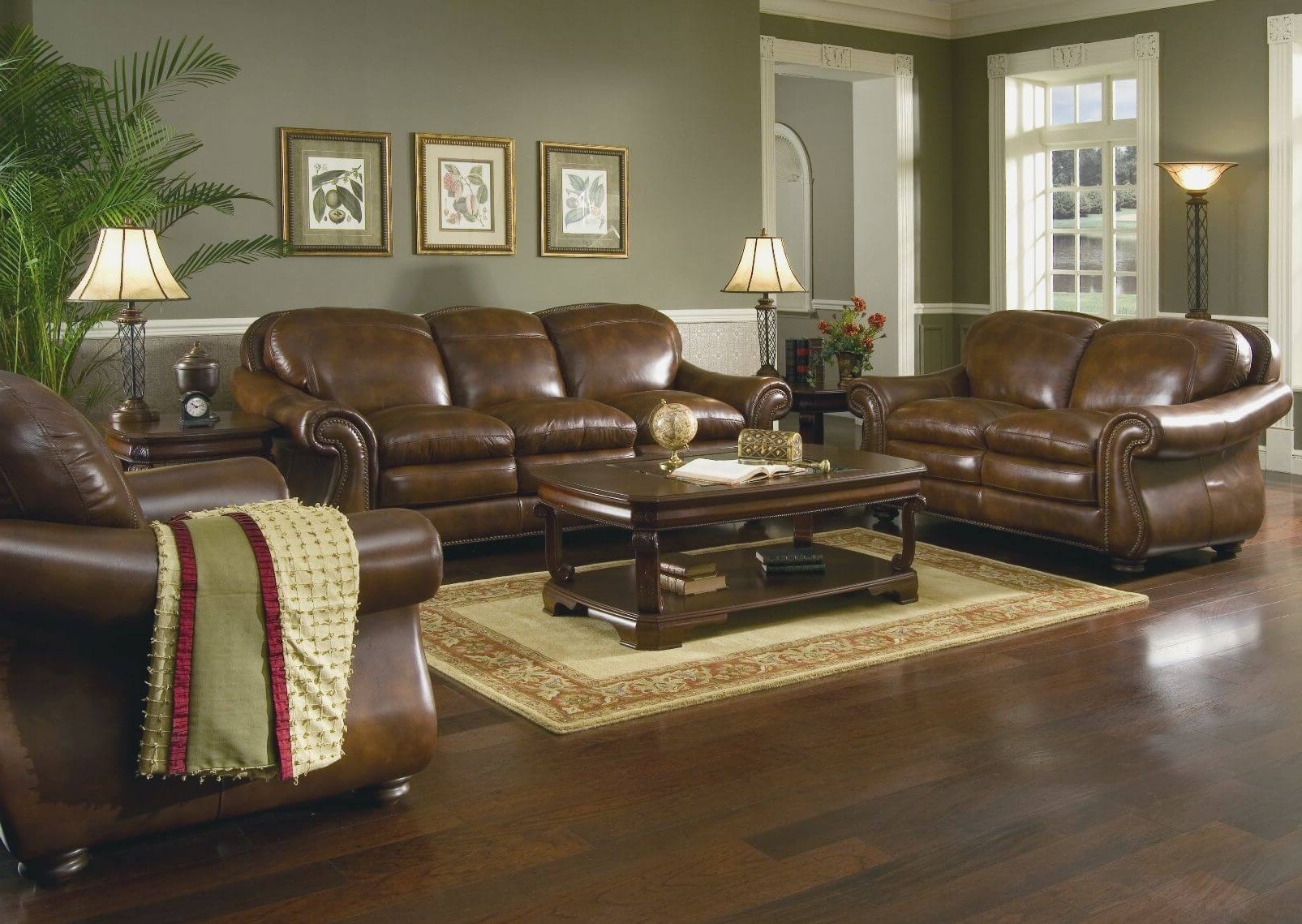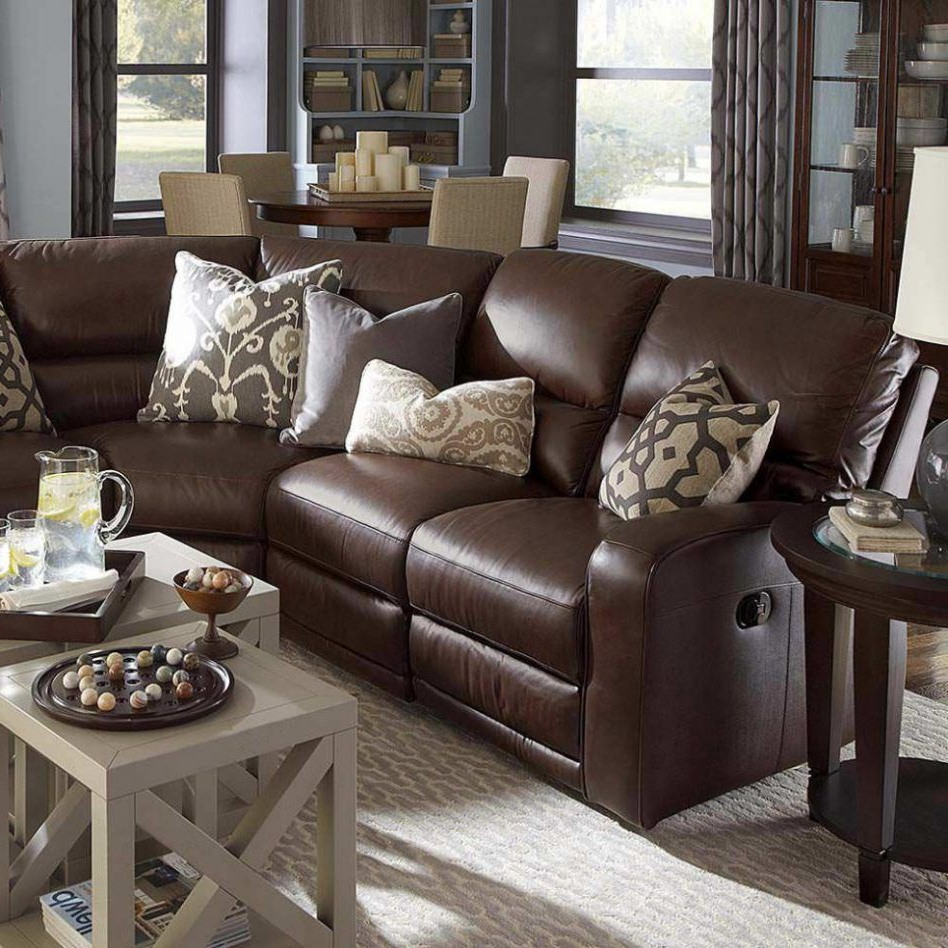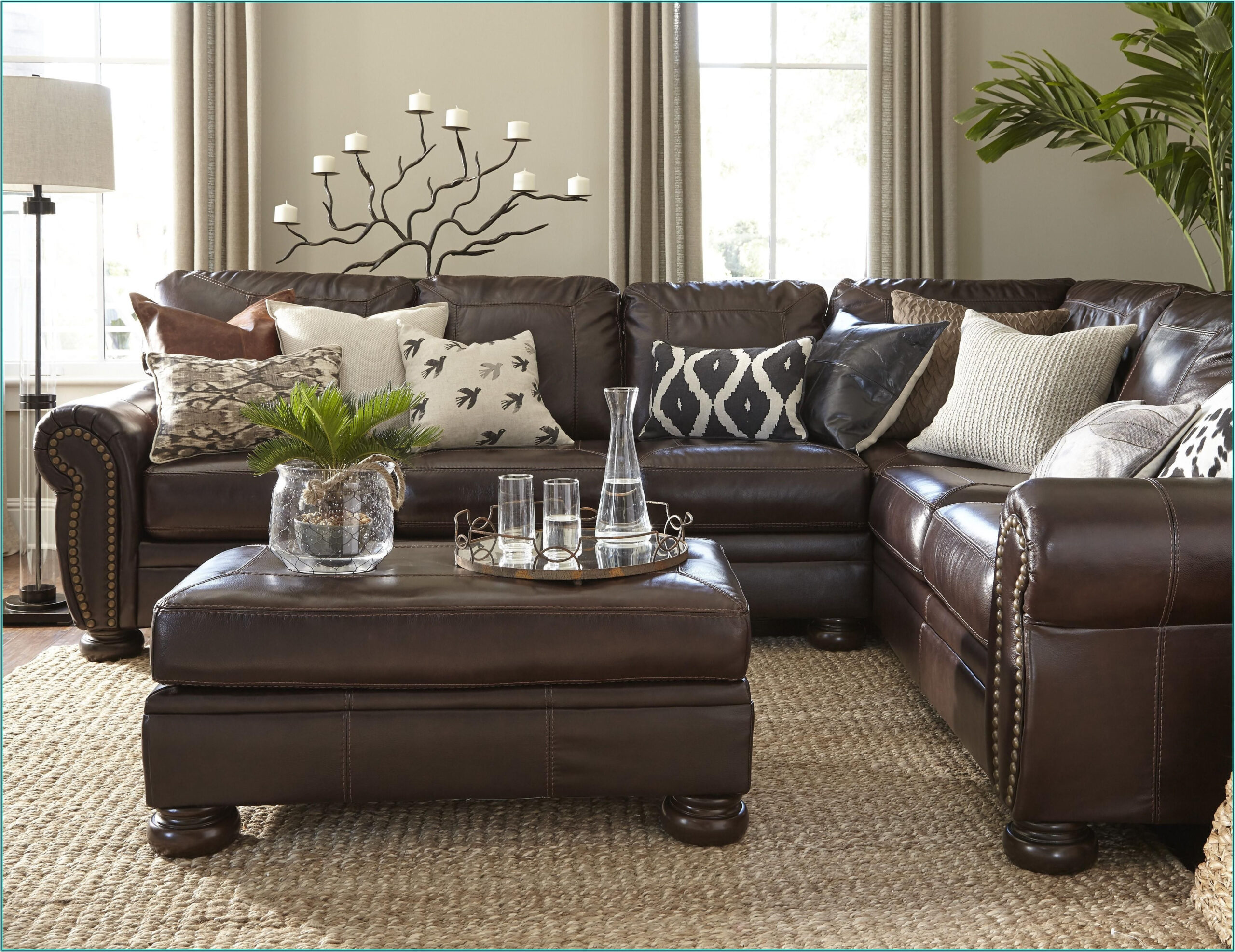Dark brown seating doesn’t have to dominate your living room like a heavy blanket. When thoughtfully paired with other textures and materials, it can become the perfect anchor for a sophisticated and inviting space. The secret lies not in avoiding contrast, but in creating harmony through thoughtful layering.
Picture this: you’ve finally found that perfect dark brown sofa that seems to glow with warmth. It’s the centerpiece of your living area, but now you wonder how to bring it to life without overwhelming the space. This is where texture mixing becomes your best friend. Dark brown seating offers such rich depth that pairing it with contrasting elements can create visual excitement rather than chaos. It’s not about matching everything perfectly, but about finding those special combinations that make a room feel lived-in and intentional.
Understanding Dark Brown’s Natural Versatility
Dark brown furniture isn’t just another color choice—it’s a statement of comfort and sophistication. Unlike stark black or bright white, dark brown holds its own while remaining incredibly adaptable. It works beautifully with both warm and cool tones, making it one of the most flexible furniture choices for modern homes. The key is recognizing that different shades of dark brown carry their own personality. A deep chocolate brown brings drama, while a richer, more golden shade creates a cozy atmosphere. Consider how the lighting in your space affects these hues too. Natural light will make your dark brown look more vibrant, while artificial lighting might soften its appearance.
The Foundation of Texture Harmony
When working with dark brown seating, think of textures as conversation starters. They don’t need to be dramatic to make an impact. Start with the basics: soft fabrics like velvet or linen for cushions. These add immediate comfort and create a welcoming feeling. Then layer in harder surfaces like wood or metal accents. Think of a wooden coffee table with a dark brown leather sofa—it’s a classic pairing that feels grounded. You can even experiment with unexpected combinations, like a rattan chair with dark brown upholstery. The contrast between organic textures and structured materials often creates the most interesting visual dynamics.
Material Balance in Practice
Achieving true material balance in an interior is about orchestrating how different surfaces, finishes, and textures interact to create visual harmony. Every material carries its own weight and character — metal exudes modern precision, wood brings warmth and grounding, glass introduces lightness, and natural fibers add tactile comfort. When these elements are combined thoughtfully, they prevent a space from feeling too heavy or too sterile. For instance, metal frames pair beautifully with dark brown tones, offering a crisp, contemporary counterpoint to the richness of wood or leather. The reflective nature of metal catches light and provides a subtle contrast that keeps darker hues from becoming overwhelming.
Similarly, glass furniture pieces, such as coffee tables or side tables, can lighten the overall feel of a room dominated by substantial, dark furniture. The transparency of glass creates the illusion of space, balancing the visual density of deep browns or heavy wood finishes. Natural fibers — like jute, sisal, or seagrass rugs — introduce an organic element that softens modern lines while enhancing the room’s warmth and texture. They also bring a sense of authenticity and tactility that complements more refined materials like metal or glass.
The key to success lies in giving each material its moment to shine while ensuring the others act as supporting players. For example, a dark brown leather sofa with a sleek, metal frame can be balanced with a chunky wool throw or a linen cushion to introduce softness and comfort. Conversely, a space dominated by natural textures can benefit from a touch of polished metal or glass to add structure and sophistication. By thoughtfully layering materials — smooth against rough, matte beside glossy, natural paired with industrial — you create a room that feels cohesive, dynamic, and effortlessly balanced.
Lighting as a Textural Amplifier
Lighting doesn’t just illuminate a space — it defines how materials and textures come to life. The right lighting can transform how we perceive color, depth, and warmth, making it an essential design tool rather than an afterthought. Harsh, single-source overhead lighting often flattens surfaces, erasing the nuances of texture and making even luxurious materials feel dull. Instead, layered lighting — a mix of ambient, task, and accent sources — introduces dimension and highlights the tactile qualities of your decor.
Start with ambient lighting to establish the room’s overall glow, such as ceiling fixtures or wall sconces that distribute light evenly. Then, add task lighting, like table lamps or reading lights, to focus illumination where it’s needed most. Finally, use accent lighting to spotlight texture and materiality — for instance, a warm-toned lamp can accentuate the depth of dark brown upholstery, revealing its grain, weave, or sheen. A pendant or directional light above a wooden coffee table can emphasize the natural variation in the wood grain, while soft uplighting can draw attention to architectural textures like brick or paneling.
Lighting also influences the mood and emotional tone of a space. Warm, diffused lighting creates intimacy and enhances the richness of darker tones, while cooler lighting can make metal accents gleam with modern clarity. Consider experimenting with dimmer switches or smart bulbs to adjust intensity throughout the day — brighter in the morning for energy, softer at night for relaxation.
When used intentionally, lighting becomes a textural amplifier, revealing the layered story of your materials and colors. It turns flat surfaces into dynamic compositions of shadow and glow, bringing out the depth and soul of every finish in your design. In a room anchored by dark brown tones, thoughtful lighting isn’t just functional — it’s what transforms comfort into atmosphere and design into experience.
Practical Tips for Seamless Integration
Start small when experimenting with textures around dark brown seating. Begin with accessories like throw pillows, blankets, or decorative objects. These items allow you to test different combinations without committing to major purchases. Consider the scale of your pieces too—large textures can overwhelm small spaces, while tiny details might get lost in larger rooms. Here are some specific approaches:
• Use a variety of cushion textures on your dark brown sofa
• Add a natural fiber rug to ground the seating area
• Incorporate metallic accents through picture frames or lamps
• Mix wood tones with your dark brown furniture
• Choose artwork that complements the warmth of your seating
Common Mistakes to Avoid
Many people make the mistake of trying to match every element exactly, which can create a sterile, over-planned look. Instead, embrace subtle variations in texture and material. Another common error is ignoring the overall flow of the room. If your dark brown seating faces a window, make sure the rest of the space supports that view rather than competing with it. Don’t forget about practicality either—some textures may be more suitable for households with children or pets. A velvet sofa might look luxurious but could show wear easily. Consider how your lifestyle impacts your design choices.
Mixing textures and materials with dark brown seating opens up endless possibilities for creating a living space that feels both comfortable and sophisticated. The key lies in understanding that contrast doesn’t have to mean clash—it can actually create beautiful harmony when done thoughtfully. Whether you’re starting fresh or updating an existing space, remember that your dark brown seating is a foundation, not a limitation. With the right balance of materials, lighting, and intentionality, it can become the star of your home that draws people in and makes them want to stay. The most successful designs often come from embracing imperfection and allowing different elements to tell their own stories while working together.
















